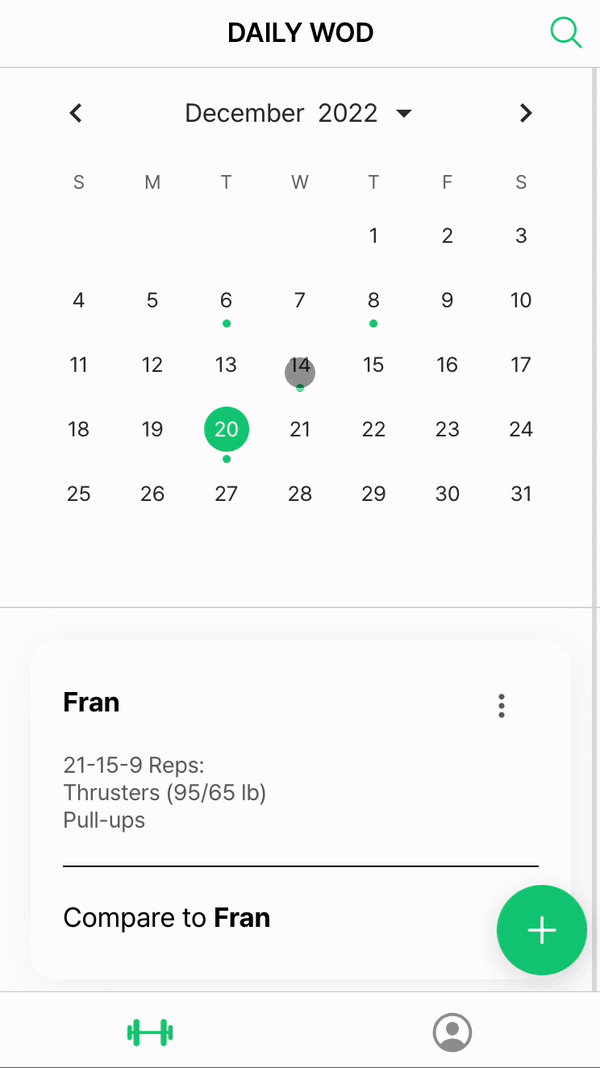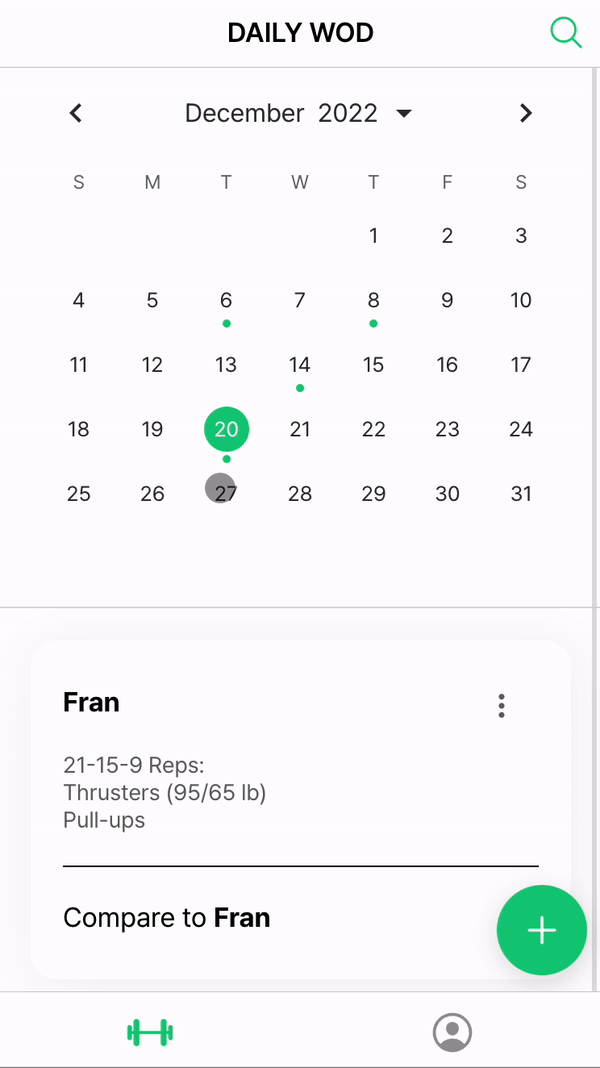Crossfit & Whiteboard
Whiteboards are a common item in CrossFit boxes. At CrossFit, whiteboards are used to describe the workout and to record scores. So why does CrossFit record score? There are various reasons for this, but I have summarized what I realized while recording the scores.
Can you plan the intensity (or weight) or the strategy for any workout? It may not be easy to decide the intensity or strategy for beginners because people don't know their workout level (or limit). So people usually hesitate to choose the intensity (or weight) for a workout.
On the other hand, records tell you what your level is. For example, I recently did a workout like the one below. However, the workout was so intense that it was difficult to determine the intensity or predict the expected finish time. In particular, I was afraid of Power Snatch because it was my weakest workout. Fortunately, looking at the records I've put, I've had a similar workout before, so the intensity of the workout and the approximate finish time were predictable. It eventually helps me play the workout and strategically complete it to the end.
WOD
For Time:
3 Round
30 Burpee over bar
20 Hang power snatchs
100 Double under
RXD: 95lbs / 65lbs
Previous WOD
200m Run
30 Power snatches
200m Run
20 Power snatches
200m Run
100 Power snatches
Next, we can benchmark through history. In other words, you can check how much you have grown through the records. If you look at the workouts on the official CrossFit site, they provide links to previous records along with each day's workout. The reason for providing links is to check how much you have grown by comparing them. But if you don't have previous records, you won't be able to compare. Records serve as benchmarks. If you're doing CrossFit, record your workout scores in advance to use them as benchmark data later.

Lastly, records provide strong motivation. When many people sign up for CrossFit, they resolve, "I'm going to exercise N times a week." But if I ask them, "How many times did you exercise last week?" most people probably can't remember. According to the Forgetting Curve theory, memory is naturally exponential, so it's difficult to remember the number of workouts per week. So if you have a resolution, you have to write it down. In the end, records resolve what you want.
As mentioned above, records are an essential factor in CrossFit and are an essential tool for your growth. If you're enjoying CrossFit, why not start recording now?


